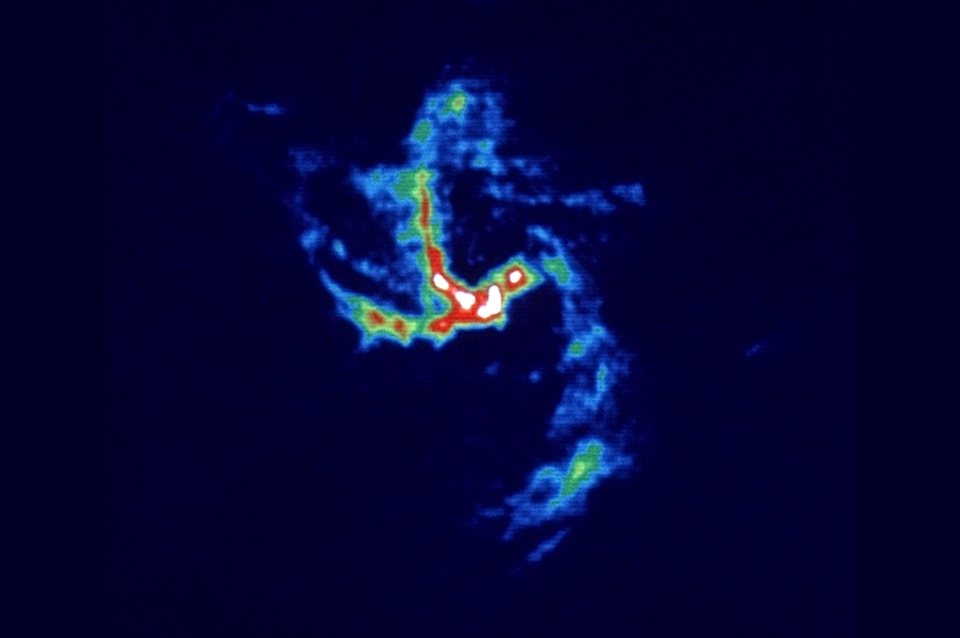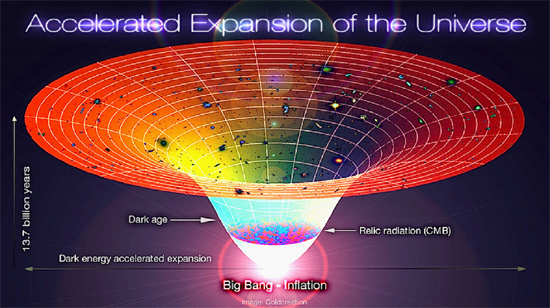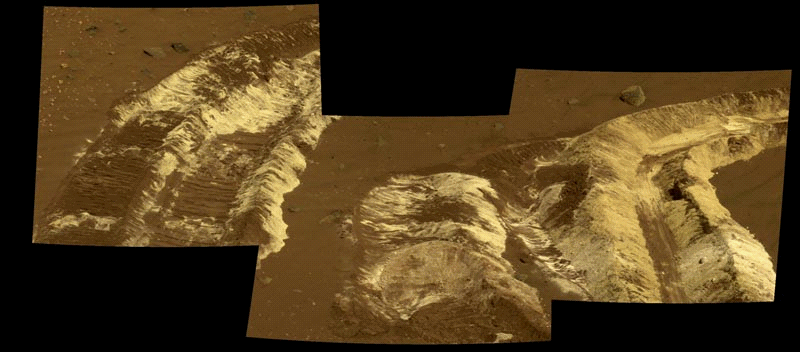Year: 2014
Saturn’s Hexagon
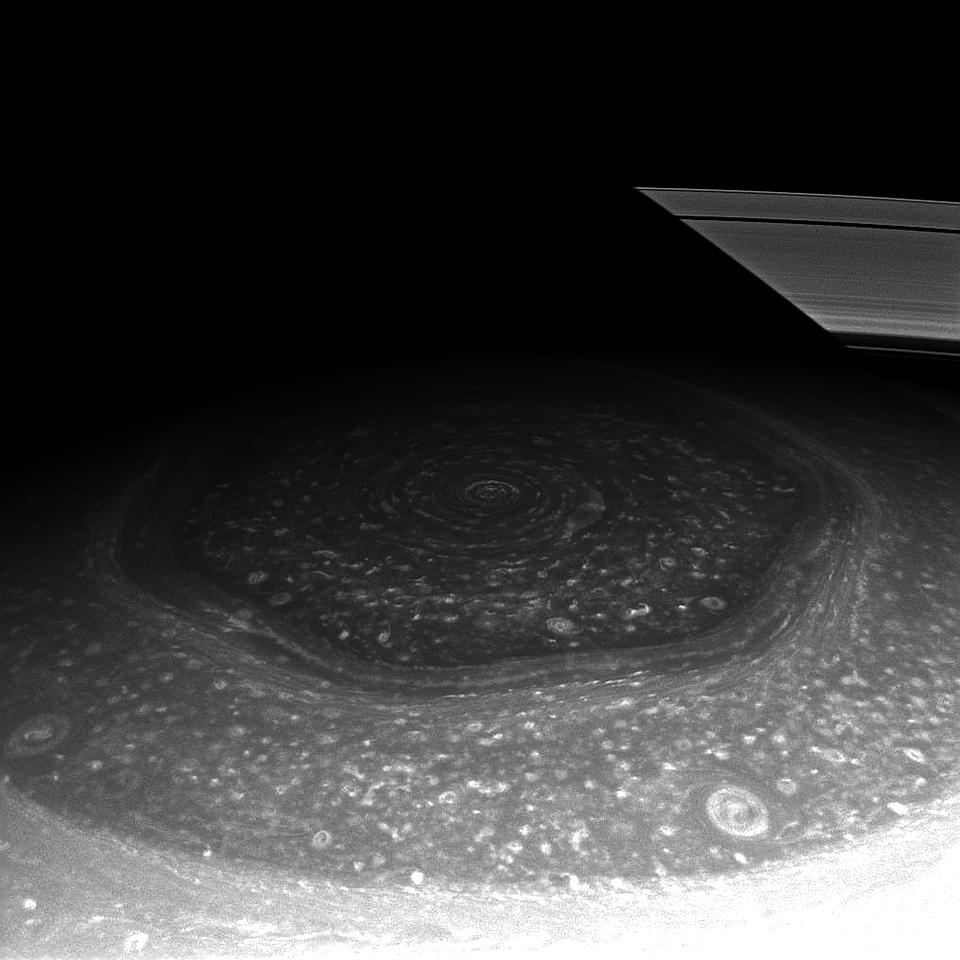
Mar 28, 2014 Is the strange polygon at Saturn’s north pole a fluid dynamics phenomenon? In November 1980, the Voyager 1 spacecraft, now billions of kilometers away from Earth near the Sun’s heliospheric boundary, flew by Saturn. At that time, it recorded an astonishing image, a hexagonal formation in the…
Electric Devils
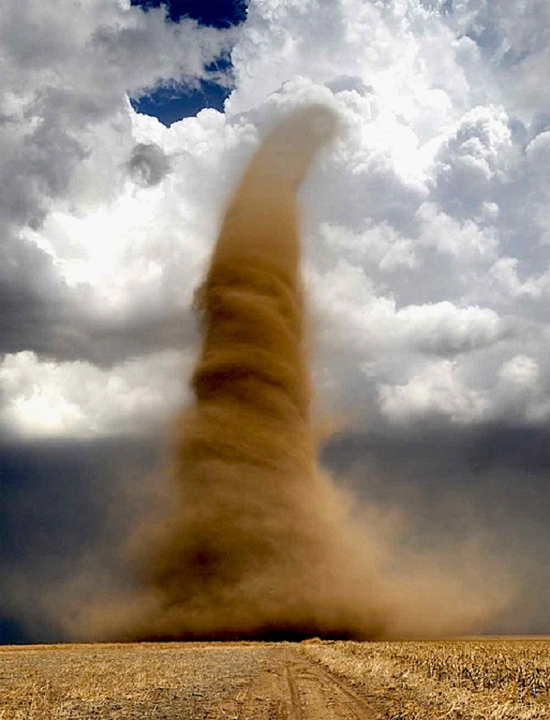
Mar 27, 2014 Martian dust devils exhibit electrical characteristics. There are also electric whirlwinds on Earth. As long ago as March 2005, Electric Universe advocates wrote about the surprising discovery of dust devils spinning across the Martian deserts. Cameras in space, as well as on the Martian surface returned many images of…
Guth’s Goof
A New Look at Near Neighbors Part Two

Mar 25, 2014 The standard model and the Electric Universe model paint fundamentally different pictures of how galaxies are formed and driven. In Part One of this article, the Electric Universe theory’s proposal that magnetic fields are integral to galaxy formation was examined. A galaxy originates through the Bennett pinch…
A New Look at Near Neighbors – Part One

Mar 24, 2014 A fundamental difference between the standard cosmological and Electric Universe models lies in their views about how the Universe was assembled over time. According to the standard model, some time after the Big Bang gas and dust clouds organized into stars, stellar clusters, then black holes…
The South Lunar Pole
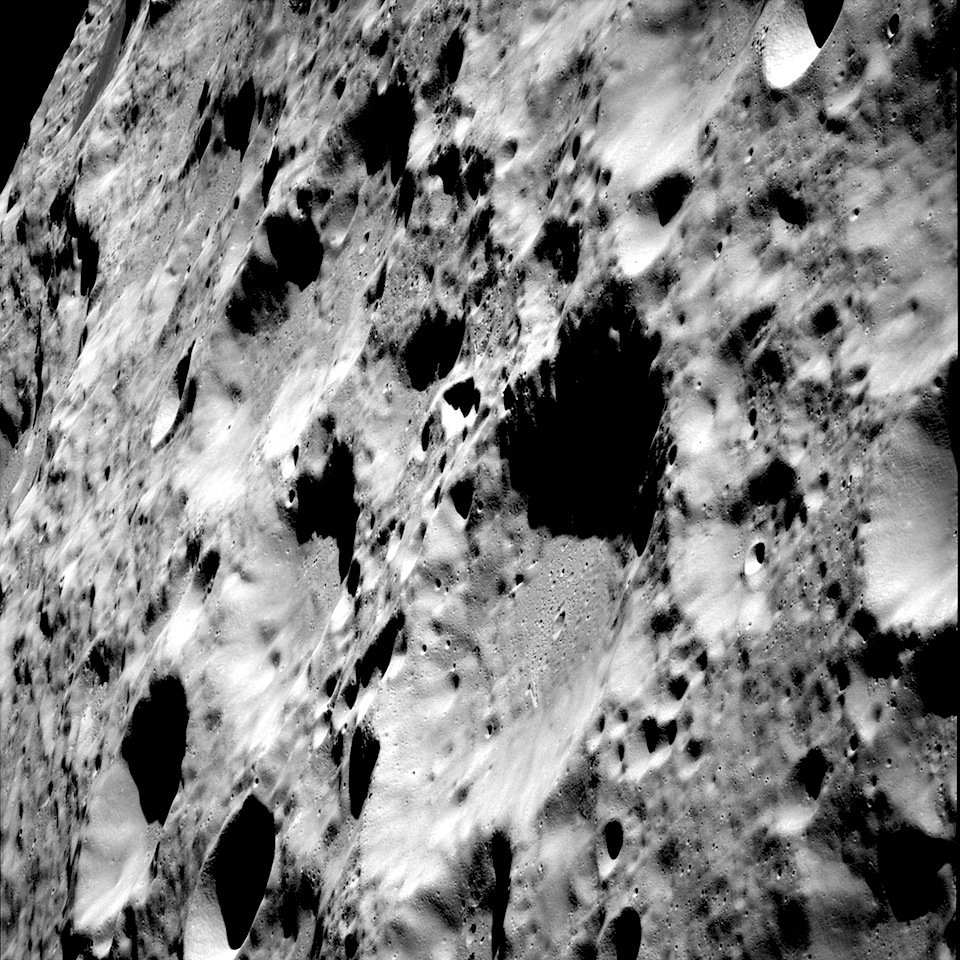
Mar 21, 2014 Future manned missions to the Moon are slated to land in the polar regions because large deposits of water are thought to exist there. On January 25, 1994, NASA launched the Deep Space Program Science Experiment satellite, Clementine, with a dual mission objective: map the surface of the Moon…
Electric Fossils and Thundercrabs
Signs of Life?
Galactic Superwinds

Mar 18, 2014 Radial filaments within galaxies identify them as plasma phenomena. “If a man does not know what port he is steering for, no wind is favorable to him.” — Seneca The irregular galaxy M82—otherwise known as the Cigar Galaxy—forms a pair with M81, Barnard’s Galaxy in the constellation Ursa…





